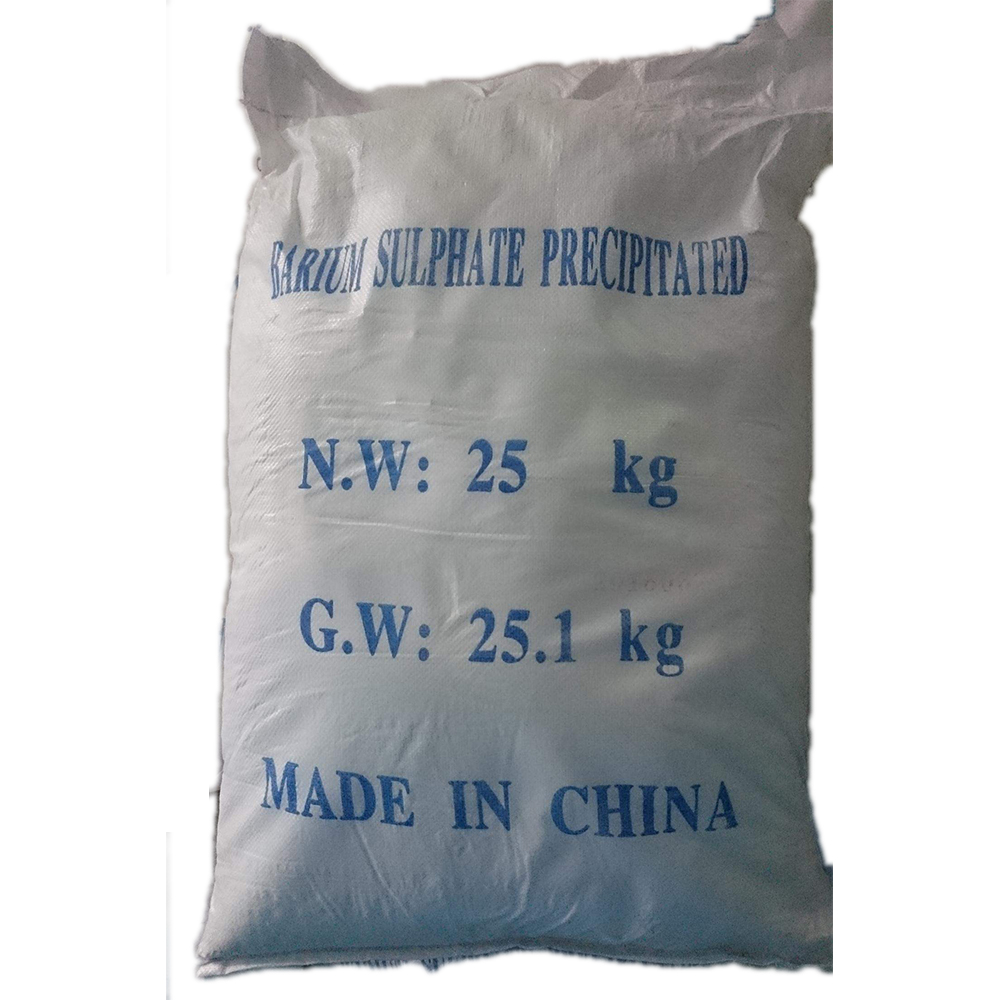



Effective Methods for Maintaining a Clean and Safe Swimming Pool
Treating a Swimming Pool A Comprehensive Guide to Keeping Your Pool Sparkling Clean
Owning a swimming pool can be a delight during the hot summer months, providing a refreshing escape and a space for recreation. However, maintaining a pool requires diligent care and treatment to ensure the water remains clean, clear, and safe for swimming. This article will provide an overview of the essential steps in treating a swimming pool effectively.
Understanding Pool Chemistry
Before diving into the treatment process, it’s important to understand the chemistry of pool water. The primary factors affecting pool water quality include pH levels, chlorine or sanitizer levels, alkalinity, and calcium hardness.
1. pH Levels The ideal pH range for swimming pool water is between 7.2 and 7.8. If the pH is too high, it can lead to cloudy water and scaling, while a low pH can cause corrosion of pool components and irritation to swimmers' skin and eyes. 2. Chlorine Levels Chlorine is pivotal for disinfecting pool water. The appropriate level usually falls between 1.0 and 3.0 parts per million (ppm). Regular monitoring and adjustment are essential to keep the water safe. 3. Alkalinity and Calcium Hardness The alkalinity level helps stabilize pH levels, and the ideal range is between 80 and 120 ppm. Calcium hardness promotes water balance and should typically be maintained between 200 and 400 ppm.
Regular Maintenance Schedule
To keep your pool in optimal condition, establish a regular maintenance schedule that includes the following tasks
1. Skimming and Brushing Daily skimming of the pool surface to remove leaves, insects, and debris is essential. Additionally, brushing the walls and floor of the pool once a week prevents dirt from building up and algae from forming.
2. Vacuuming Weekly vacuuming helps remove dirt that has settled on the pool bottom. There are manual and automatic vacuums available, with the automatic option providing a more hands-off approach.
treating a swimming pool

3. Water Testing Use a water testing kit or take water samples to a local pool store for analysis at least once a week. This will help you monitor pH, chlorine levels, alkalinity, and hardness, allowing for timely adjustments.
4. Chemical Treatments Depending on the test results, you may need to add chemicals. For example, adding muriatic acid can lower high pH levels, while chlorine tablets or granules can boost sanitization.
Shock Treatment
Periodically, especially after heavy use or after a storm, perform a “shock” treatment where you add a high dose of chlorine to the pool to eliminate combined chlorine compounds and other contaminants. This process not only disinfects the water but also helps in restoring clarity.
Control Algae Growth
Algae can take hold quickly in pools if not properly treated. To combat algae growth, maintain proper chlorine levels, balance pH, and regularly brush pool surfaces. In case of an algae bloom, specific algaecides can be used as a preventive measure or cure.
Conclusion
Treating a swimming pool may seem labor-intensive, but by following a consistent maintenance routine and having a solid understanding of pool chemistry, you can enjoy crystal-clear water throughout the swim season. Remember that regular care will not only enhance the aesthetic appeal of your pool but also ensure a safe and enjoyable swimming experience for you and your loved ones. With diligence and the right approach, your swimming pool will remain a cherished retreat for years to come.
-
Why Sodium Persulfate Is Everywhere NowNewsJul.07,2025
-
Why Polyacrylamide Is in High DemandNewsJul.07,2025
-
Understanding Paint Chemicals and Their ApplicationsNewsJul.07,2025
-
Smart Use Of Mining ChemicalsNewsJul.07,2025
-
Practical Uses of Potassium MonopersulfateNewsJul.07,2025
-
Agrochemicals In Real FarmingNewsJul.07,2025
-
Sodium Chlorite Hot UsesNewsJul.01,2025










